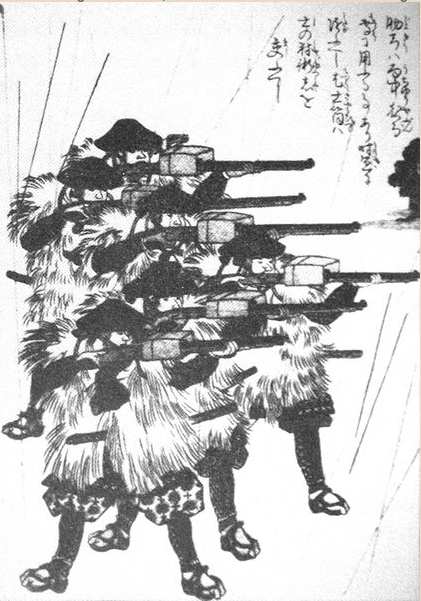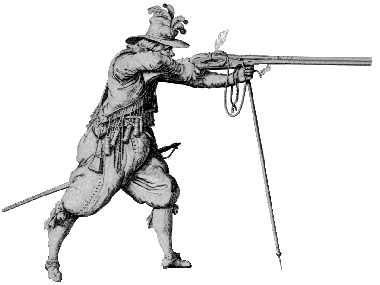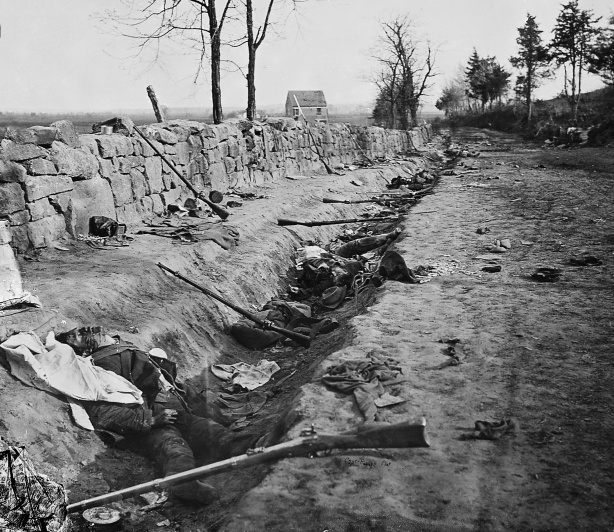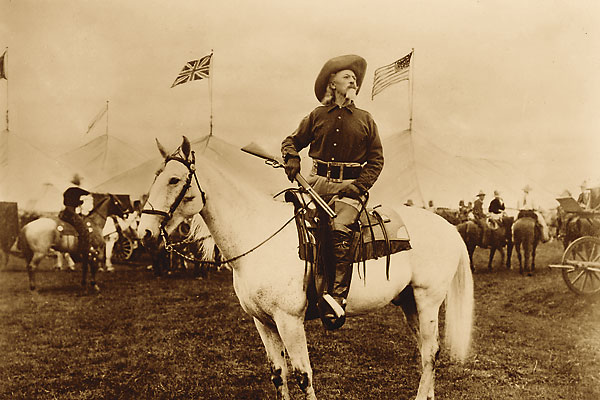







Landscape







Crap historians often relay the same boring and trite tales: great men, particular dates and life changing battles.
There are deeper folds within the trite tales, such as the history of pharmacopeia, the evil works and historical lessons of empires, the wrong views and institutional lies of religions, states and ideologies – and ultimately, the technology of extermination, often meaning the arts in the destruction of human life.
There exist three different historical methods within the arts of physical extermination, or legal state murder: torture, imprisonment – and firearms, or the technology of quick and brutal weaponry.
The firearm is one such artifact from our long and terrible history in the destruction of life. Torture works for any sadist, and the State has the monopoly on imprisonment, but the firearm is open to both the State and non-state historical actors.
Empires love firearms for the embrace of war and ideologies, while tyrannical states stockpile weapons in order to murder their enemies and destroy their own consciences. Then there are the regular humans who need them for both fighting against their own tyrants and for defending themselves from criminals. The firearm is however, somewhat different from world history’s earlier weapons.
The long list of ancient warfare has included the chariot, the horse, the elephant, the dog, the catapult, the supply wagons, the fireball, the burning oil caskets, the castle, the fortress, the ship, the dungeon, the siege machine, the pike, the spear, the crossbow, the arrow, the poisoned dart, the club, the moral law, the discipline, the courage, the spy, the battle organization, the battlefield dynamic, the shield, the battle armor, the paint, the gong, the trumpet, the bell, the fire smoke, the poisoned water, the difficult terrain, the cannon, the banner, the mace, the dagger and the sword.
The true firearm was only a modern invention. The gun, rifle, or hand cannon, with gunpowder and shot, represented a deadly gift from East Asia, China and Japan, and then grew in detail during the European Renaissance of the fourteenth-century, or the late 1300s.
The firearm was more of a thinner type of cannon, which shot hard objects through the combination of extreme heat and force. Both an infantryman and cavalryman could carry those weapons on their hips or saddles, and then hold them in their hands for combat.
The firearm’s goal was not just to exterminate life, or to cause grievous bodily wounds, but also to mutilate and maim, which often forced enemy soldiers to exit the combat fields. The firearm has been the great leveler of life destruction. The guerrilla can fight the state assassin. The revolutionary can fight the tyrants’ thugs. While hunting for food in the wild, the firearm has created an easier task for both killing animals, eating and surviving.
During the long historical reign of the sword, spear and pike, the soldier, and for many years previous, had to learn well and regularly practice such weapons. But with the firearm, a few days of instruction in the assembly disassembly of the weapon, the safety protocols, the cleaning of the different parts, and the practice of shooting and sighting in, could make a capable soldier.
There have been some firearms that have not only equalized the art of killing between unequal combatants, but they have also changed world history and culture.
Particular weapons were thus able to transform the battlefield through facilitating the victory of one violent force over another one. A certain group of those firearms were either more efficient in killing-wounding operations, or more accurate on the field. Others were lighter for carry and often facile for quick shooting. A few of those same weapons even had stronger durability during critical reload-release-shot cycles.
All game changing, revolutionary firearms have transformed world mechanical sciences and the arts of killing for the greater humanity.
We first travel backwards to the Tang Dynasty of China, around a thousand, five hundred years ago, with the invention of gunpowder for hand cannons. This great invention is still necessary for the firing of any gun or rifle. The ignited heat force of the primer blasts the gunpowder, (now inside of modern ammunition casings), pushing the shot-bullet out of the receiver-breech, through the barrel-bore, and towards its target.
The Matchlock Rifle was the first evolutionary cannon held by individual soldiers. They used them as smoking, volley fires on the enemy, (1400-1500s). Although Europeans produced such hand cannons, and especially the Spanish and Portuguese naval empires, the Japanese samurai would also use such weapons to great effects during contentious infantry, cavalry and chariot battles.
In the mid 1500s, it was not just the Protestant Reform that hit Germany. German armorers or gunsmiths had perfected the art of Rifling, where they cut grooves into the bores of barrels in order to achieve a smoother, more accurate shot. The basic problem was the black gunpowder filth that gummed up the interior bore, and so the art of gun cleaning also emerged.
During that same historical period, another German gunsmith had developed a smaller hand cannon, but instead of using a matchlock, which took a lot of time to load, reload and shoot, this weapon now used a Wheel Lock. They were also smaller than the matchlocks. In fact, they became the first mini-cannons or pistols. Gentlemen across Europe wanted such weapons, not just for military field combat, but also for duels – and even assassination.
Just in time for the English Civil War, (the 1640s), French gunsmiths had invented the great Flintlock Rifle, which was the final adjustment to the whole gun lock system. There was no match wick, no wheel to push, just a hammer that ignited the flint, and in turn ignited the gunpowder and ball. The shot was quicker, but those weapons were terribly inaccurate.
By the beginning of the 18th century, the 1700s, every European army was using such guns. These weapons had the names of the le mousquet, or musket, avec la baïonette, or bayonet. European armies would line up on a plane field, shoot volleys, and when the shot gave out, walk towards the enemy, called bayonet charges. European military tactics would never remain the same.
Eventually, even these guns and tactics also went out of style with better technology, but gentleman preferred the smaller versions, as the most excellent dueling pistols. Dueling continued well into the early years of 1900s. A true gentleman had his box set of two flintlock dueling pistols, with balls, powder pouches and muzzle rods, or barrel jammers.
It wasn’t until the early part of the 1800s, the decade of the 1820s actually, with the invention and common use of the Percussion Cap for firing muzzle loaded rounds near the breech, which had finally made the flintlocks obsolete. Soldiers could shoot to kill or maim in the rain – and duelers too.
A British gunsmith amazingly designed a pistol with a movable round revolver, holding four to six bullets. This weapon became The Colt Revolver of 1835. Military officers could easily load the cartridges through the holes of the revolver. It was a single shot with a hammer, which then ignited the primers of the bullets.
The shooter simply cocked the hammer, shot the round, and then the next round of the revolver was chambered. After the revolver was empty, the pistol man had to remove the casings. It was this gun that helped the created the magical and deadly Wild West in America.
The British armorers also produced the first accurate rifle, which would transform the American Civil War. The American Civil War, (1860-65), began with the old battlefield army lines facing each other, and ended with modern trench warfare of steel, blood and attrition.
This breakthrough weapon was the 1853 Enfield Smoothbore Rifle. The Smoothbore was still a muzzle loader, so the soldier had to squash the bullet and powder cartridge down with the rod – but the final shot was deadlier. The casualties on both sides of the conflict showed the effects.
After the American Civil War, American armorers had built, ‘The Gun that Won the West,’ or the 1873 Winchester Repeating Lever Action Carbine. This lighter, repeating rifle possessed a tube magazine with up to ten rounds loaded. With every lever push down, the magazine loaded another round into the chamber for firing. A good shooter could knock off around ten shots within a few seconds. Cowboys, braves, outlaws, lawmen, frontiersmen, farmers and miners, all possessed these indispensable guns.
We again return to our German armorer masters. So by the end of the 19th century, Mauser perfected the bolt-action rifle with sights for combat. This deadly accurate weapon allowed a trained shooter to insert a bullet into the chamber, and then close the bolt-action, and with just a tight squeeze of the trigger, the energy pushed the hammer to the bullet – and the rest was history. This weapon birthed the glorious sniper shooter.
During this same historical epoch, German gunsmiths also constructed the first semi-automatic rifles, all of which used an inserted magazine of rounds that fit directly under the chamber. Simply racking the bolt-action back, chambered the next round.
We end our historical story, with the Russian version of the semi-automatic and automatic rifle, developed after World War II, The Kalashnikov AK-47 Rifle. This battlefield rifle using German WW II 7.62×39 ammunition, and with a particular gas cylinder, heats up greatly during the firing process. Some desperate fighters have even caused flames to shoot out from the bore.
Yet, this masterpiece of destruction remains functional in whatever weather, or in whatever combat situation. It can shoot rounds effortlessly even if not cleaned in months. Due to its amazing livability, armies, paramilitaries and guerrillas have used this rifle as the go-to weapon of choice. It has even entered the cultural iconography of revolutionary combat, found on insignias and photos of guerrillas across the globe, and on country flags in Africa.
Human combatants have used their firearms to kill lots of people through the annals of world history. Such is the nasty story of the Human Condition under Civilization. This system of suffering and misery will never change.
Conflict also created culture, and the firearm, or the gun, represents a human invention, which has not only revolutionized the art of killing other life forms – but it has also changed our world culture, through both science and art.
Humanity has created great religious temples, yet who actually built them, and then who owned the property to use them – and had permission to live inside of them? Human systems have manufactured endless supplies of pharmacopeia, but who controls the markets to sell and regulate them – while who have been the ignorant victims of their scams and abuse?
Armorers have fabricated stronger and efficient weapons for physical extermination – and all states, governments and authorities now stockpile them. Yet, who often faced the other side of such weapons – with no weapons to shoot back?
Always remember this melancholic, historical truth.